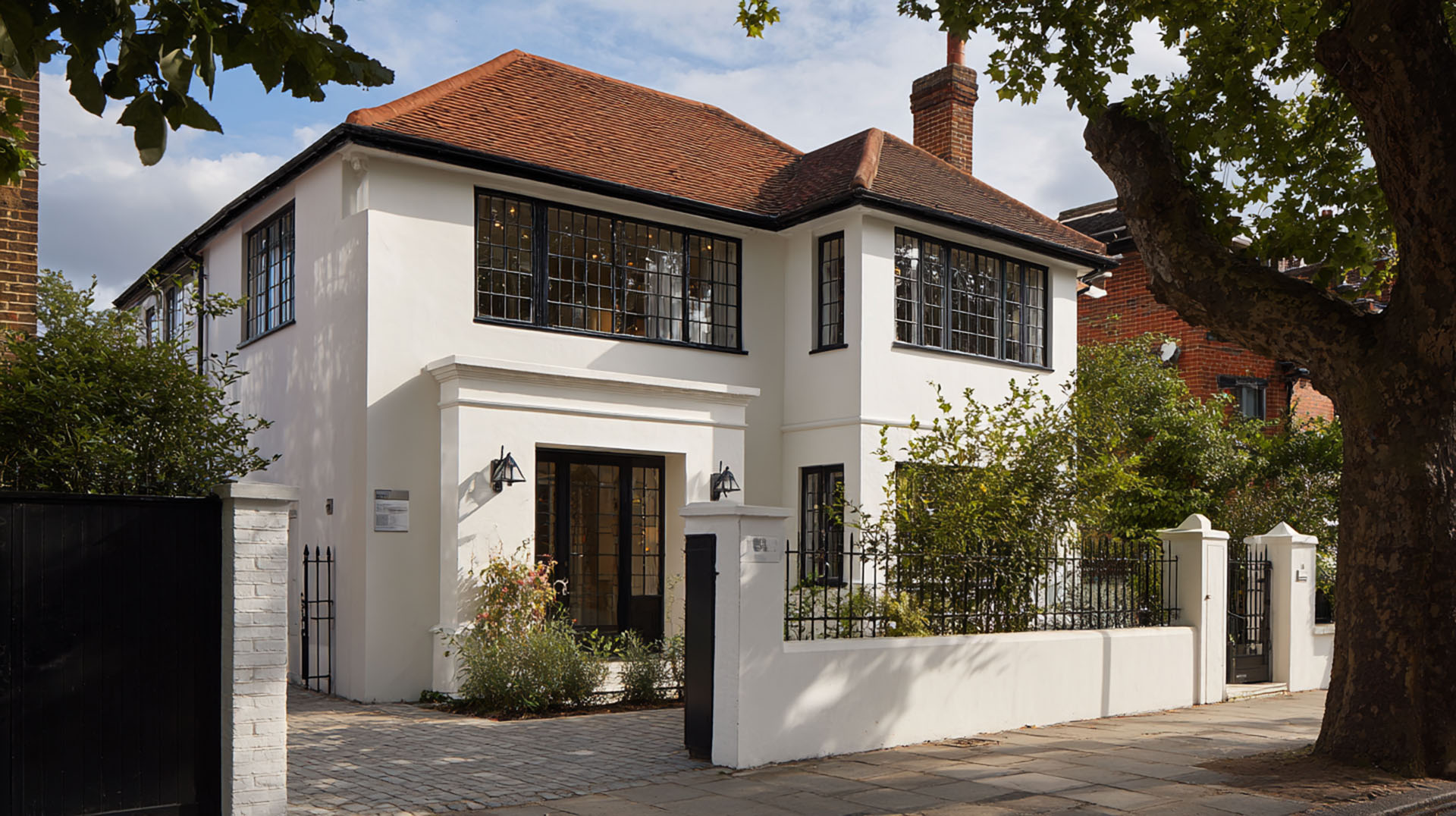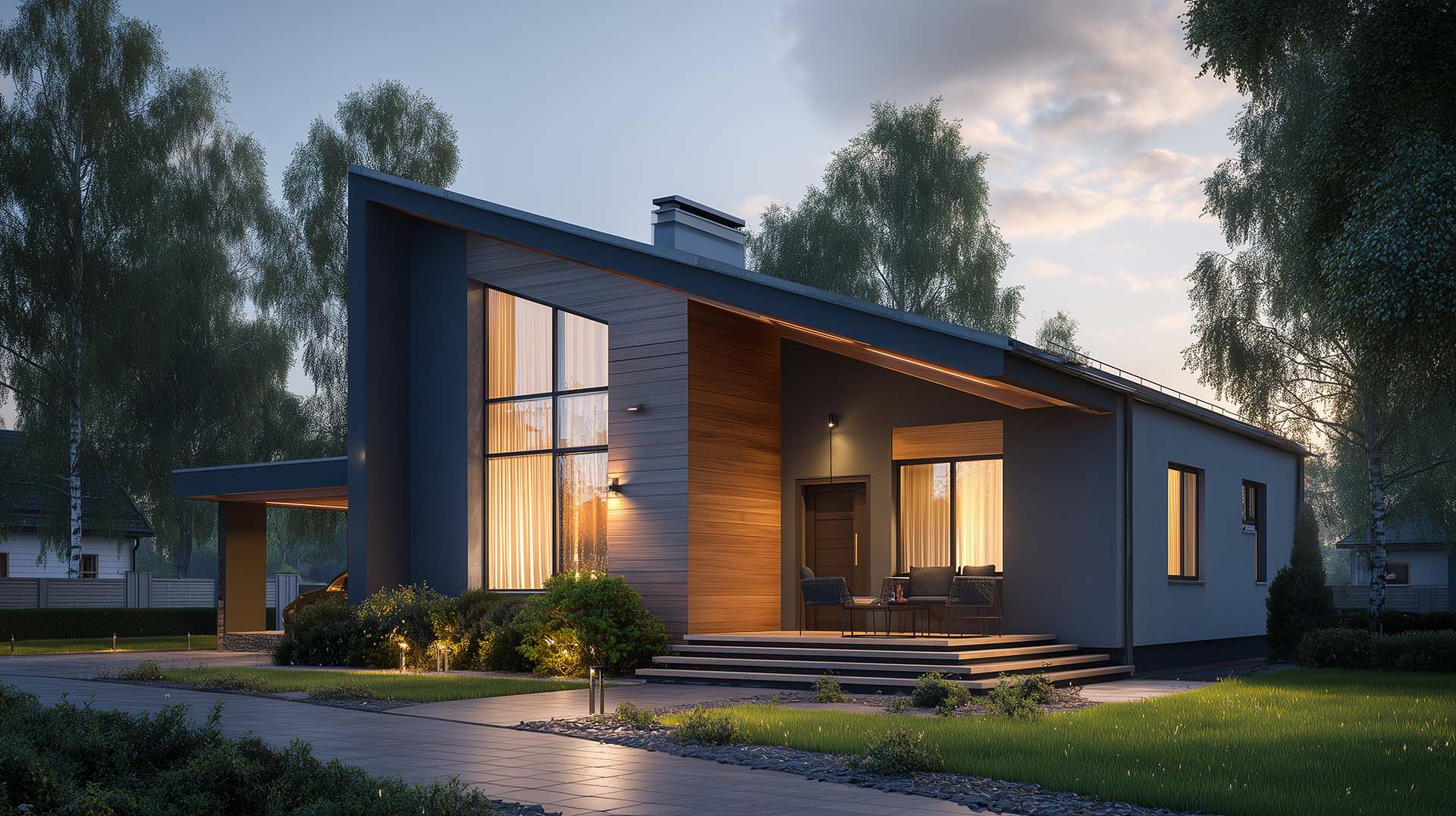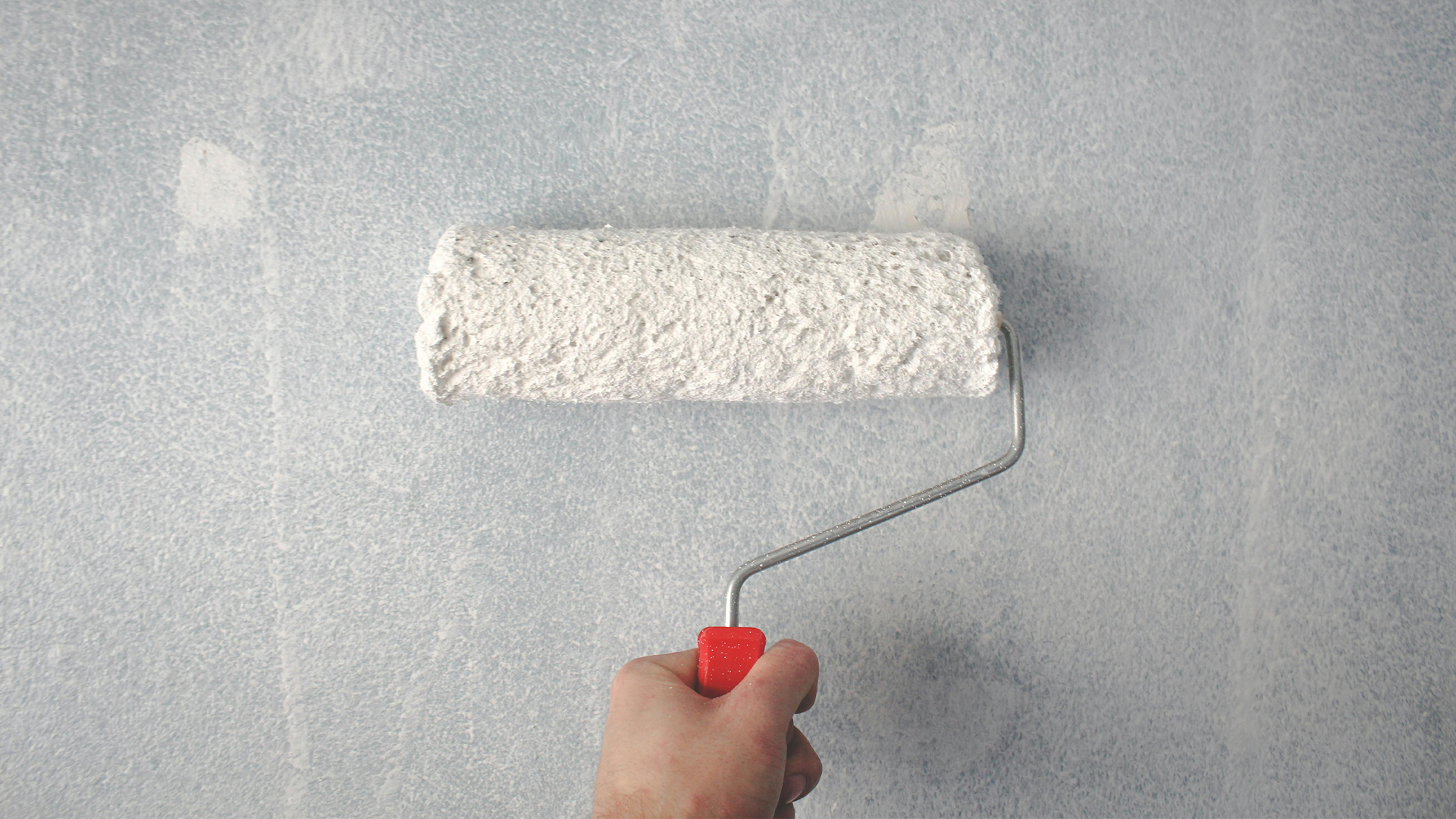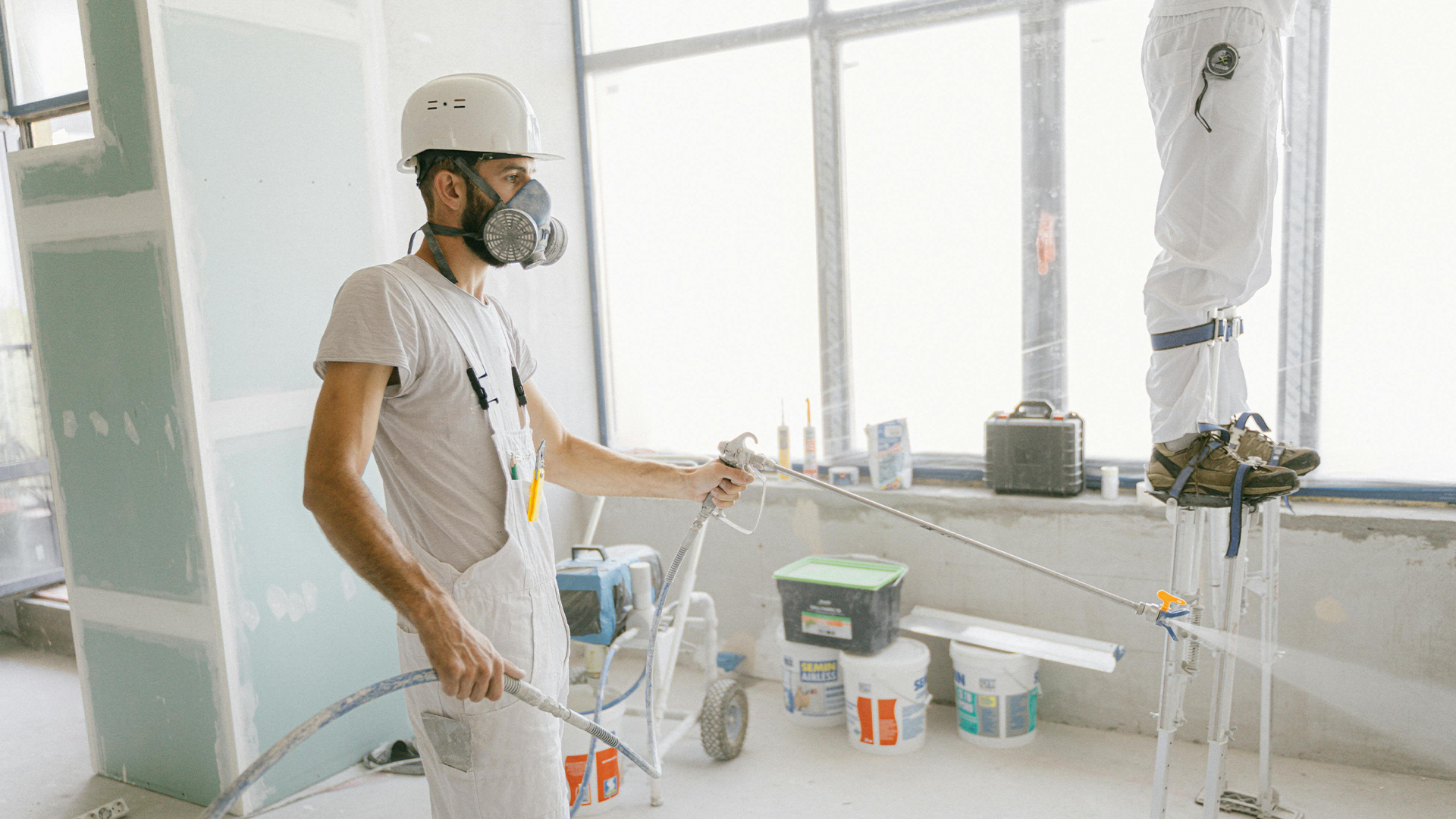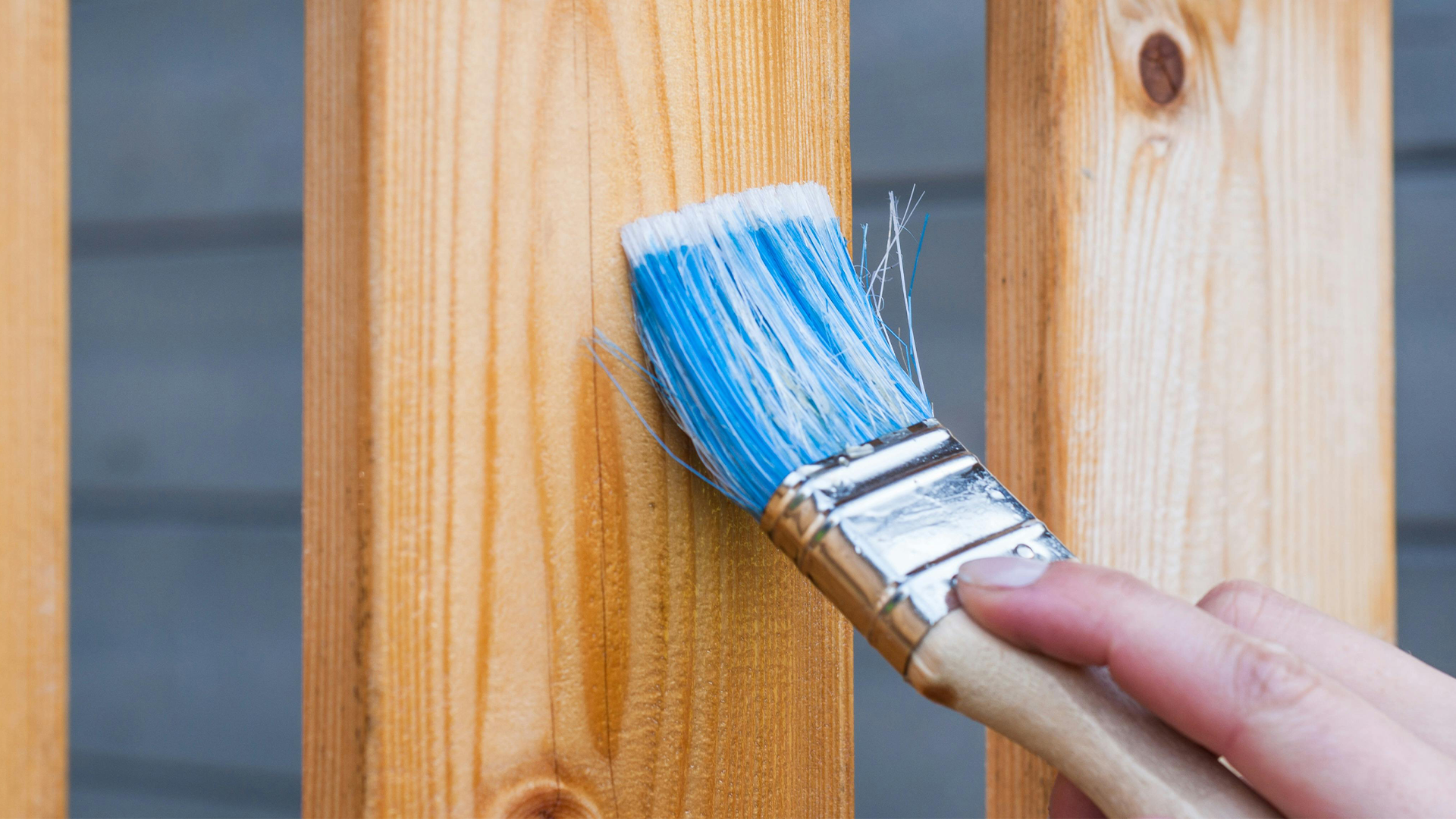Exterior Wall Paint: Prevent Water Ingress Effectively
Exterior wall paint provides a water-repellent coating against moisture ingress and UV degradation on outside surfaces. Choosing appropriate damp seal paint can minimise the dangers of imminent damp patches on walls in heavy rain. Innovative formulations combine polymers with nano-technology for durable, flexible water repellent coating performance.
Proper preparation and use of high-quality damp seal paint deliver an extended lifespan of external finishes in harsh conditions. Specialist elastomeric coatings stretch to accommodate movement while preventing moisture ingress effectively over time. Consulting professional guidance ensures the selection of appropriate exterior wall paint and damp seal paint for environmental challenges.
What Causes Water Ingress and Why It Matters?
Water ingress happens when rainwater or rising damp seeps through permeable masonry into internal wall finishes. Exterior wall paint that is insufficient can allow water to permeate into cavities, which weakens the structure over time. Prolonged moisture surface marks lead to fungi growth, which may pose health risks in inhabited dwellings. Over long periods of exposure, water vapour can seep through brickwork or render, condense, and then spall or cause plaster to detach.
Taking action to damp seal the building when the needs arise preserves the building fabrics and prevents costly restoration work during the subsequent seasons. Interior decorations suffer stains and flaking when water ingress persists through inadequately protected facades for months. Effective use of damp seal paint or specialised coatings reinstates moisture resistance and restores aesthetic finish swiftly.
Can Wall Coatings Actually Block Moisture? Debunking Myths
Many property owners assume that only an exterior wall paint can fully prevent water ingress under all conditions. However, misconceptions about coating performance often lead to disappointing protection results during severe heavy storms. Experts clarify whether specialised damp seal paint or standard exterior finishes can truly block moisture ingress effectively.
1. Myth: All wall coatings offer equal waterproofing –
Some people think that any wall coating provides waterproofing of any kind and any thickness applied to the surface is equally effective, but that is not accurate. The performance of acrylic, elastomeric, and nano-tech treatments differs a great deal from each other under prolonged exposure to water.
2. Myth: Water resistance increases with the application of thicker layers of paint –
Waterproofing is not guaranteed solely with thickness, as improperly cured coatings can suffocate under cured surfaces and trap moisture. Effective moisture blocking achieves best results with correct formulation and application processes rather than simple layer stacking.
3. Myth: Regular maintenance is not needed after applying nano treatments –
While nano-tech coatings increase the water repellence of the surface, they still need to be rechecked and reapplied at regular intervals. The advanced properties of the nano-scale barriers do not protect surfaces from moisture seepage if maintenance is neglected.

Types of Coatings: Acrylic, Elastomeric, Nano-Tech, Cork and More
Various coating types cater to different protection requirements and substrate conditions on exterior walls specifically. Acrylic paints offer cost-effective moisture resistance but have limited flexibility compared to their specialist alternatives. Elastomeric coatings are very stretchable, allowing them to bridge hairline cracks and preserve barrier integrity even during thermal movement.
- Acrylic: Acrylic exterior wall paint employs polymer emulsion to give masonry a breathable yet water-resistant coating. This product suits mild climates but may require frequent reapplication in regions with heavy, damp paint exposure.
- Elastomeric: Elastomeric coatings form thick protective membranes that flex with substrate expansion and contraction cycles effectively. Long-lasting moisture protection and resistance to cracking over time and during persistent rainfall or humid conditions arise from superior elasticity.
- Nano-Tech: Water at the molecular level is repelled by nano-tech coatings, which penetrate micro-pores and form hydrophobic barriers. Such sophisticated treatments are frequently incorporated into damp seal paints to improve performance.
Benefits and Limitations: Experts on What Works and What Doesn't
Experts agree that exterior wall paint quality and formulation significantly determine moisture resistance performance levels. Both damp seal applications and specialised coatings deliver targeted water barrier solutions when correctly specified. However, notable disadvantages exist depending on substrate type, surface climatic stress and maintenance considerations.
Benefits
- Acrylic Coatings: Acrylic coatings allow your walls to breathe by keeping moisture out and allowing vapour to escape, preventing condensation from forming inside. And, they are an affordable way to seal out dampness outside, especially if you don’t live in extreme weather areas.
- Elastic Barriers: The elastic barriers are great at covering up small cracks and stopping water ingress, even when the temperature changes. Because they stretch, there is no need to have to fix them as often, and they will last longer than regular exterior paint.
- Nano-Tech fixes: These improve how well surfaces repel water. They’re ultra thin, so you won’t even notice them. If you use them with other damp sealers, your walls will be even better protected from moisture.
Limitations
- Acrylic Degradation: Routine acrylic coatings will degrade over extended UV exposure, resulting in chalking and compromised water resistance rapidly. Repainting and maintenance of damp paint or seal must be done on a regular basis to prevent premature failure of coatings.
- Crack Masking: Elastomeric coatings can cover up emerging structural cracks, hiding initial warning signs of damage and substrate movement. This shortcoming highlights the requirement for scrutiny of current surface coatings prior to overcoating operations.
- Cost of Nano-Tech: Nano-tech barriers are more costly initially and may be less effective on porous or rough substrates. Selection of the best damp seal paint or coating solution requires balancing budget and substrate type.
Why Proper Preparation and Skilled Application Are Key to Lasting Protection?
Achieving durable moisture protection demands meticulous surface preparation prior to any coating or paint application step. Loose material removal, substrate cleaning and repairing cracks will provide correct adhesion of damp seal coatings. Skilled applicators know the mixing ratios, the conditions of the area and curing times for both paint and protective membrane.
- Surface Cleaning: Extensive wall surface cleaning avoids contamination that may weaken exterior wall paint adhesion and evenness. Pressure washing and chemical detergents are used to eliminate grease, dirt and salt deposits prior to application of any damp paint or seal treatment.
- Crack Filling: Filling cracks with suitable sealants prevents water pathways that undermine damp seal paint performance over time. Specialist fillers ensure smooth profiles, reducing stress concentrations that can cause coating rupture under moisture load.
- Priming: Applying a compatible primer enhances bonding between substrate and exterior wall paint, optimising eventual coating longevity. Primers also seal porous substrates, reducing the amount of damp paint or seal required for effective coverage.
- Correct Mixing: Strict adherence to the manufacturer’s mixing ratios prevents improper viscosity that could hinder damp seal paint performance. Inconsistent component blending risks colour variation, uneven film thickness and significantly reduced moisture blocking efficiency.
- Professional Application: Engaging skilled applicators ensures uniform coating thickness and proper curing conditions for the damp seal and protective layers. Professional teams follow best practices, mitigating common application errors that often lead to future water ingress issues.
Conclusion
Appropriate choice of exterior wall paint and damp seal paint significantly extends façade longevity and weather protection. Ensuring professional application, surface preparation, and use of the best damp seal paint prevents recurrent damp patches on walls. Regular inspections and maintenance of damp seal treatments or damp paint layers support ongoing moisture control within structures. Selecting the best damp seal paint, combined with advanced coatings, offers unmatched resistance against water intrusion long term. Ultimately, correct product choice, application skill and proper maintenance ensure robust defence against moisture ingress challenges.
